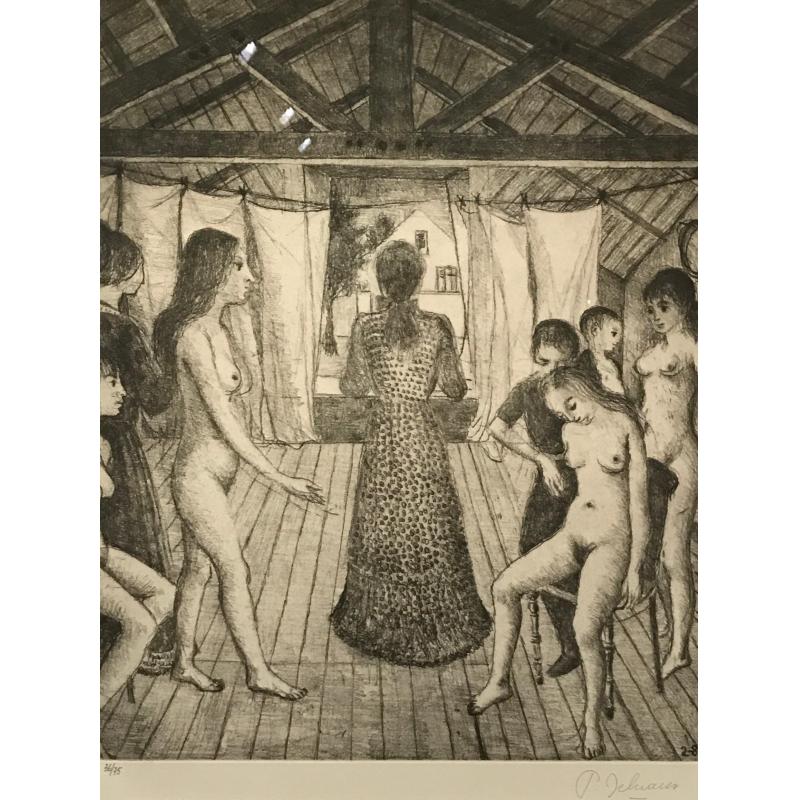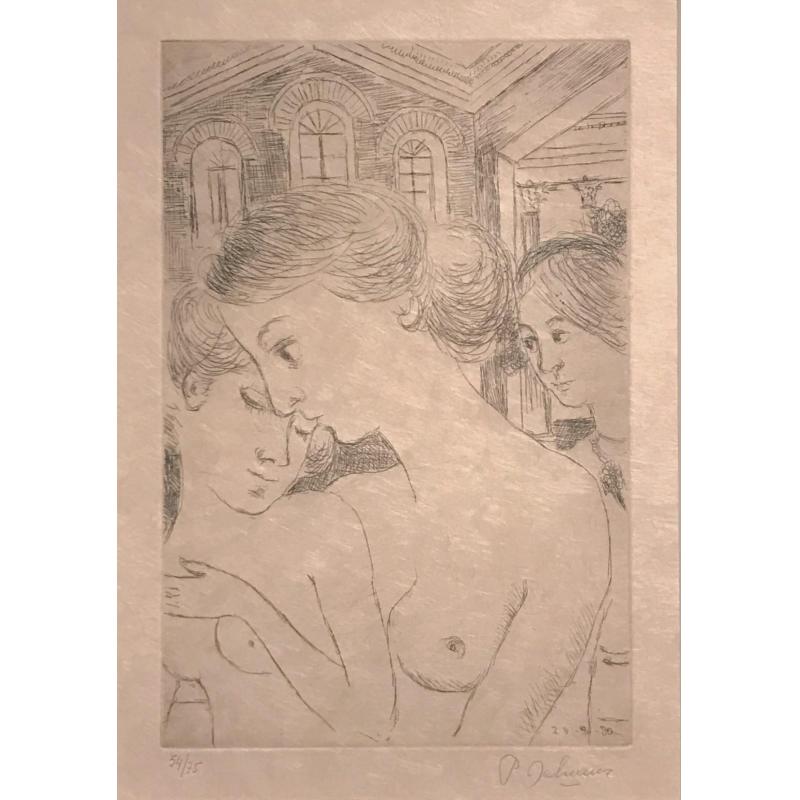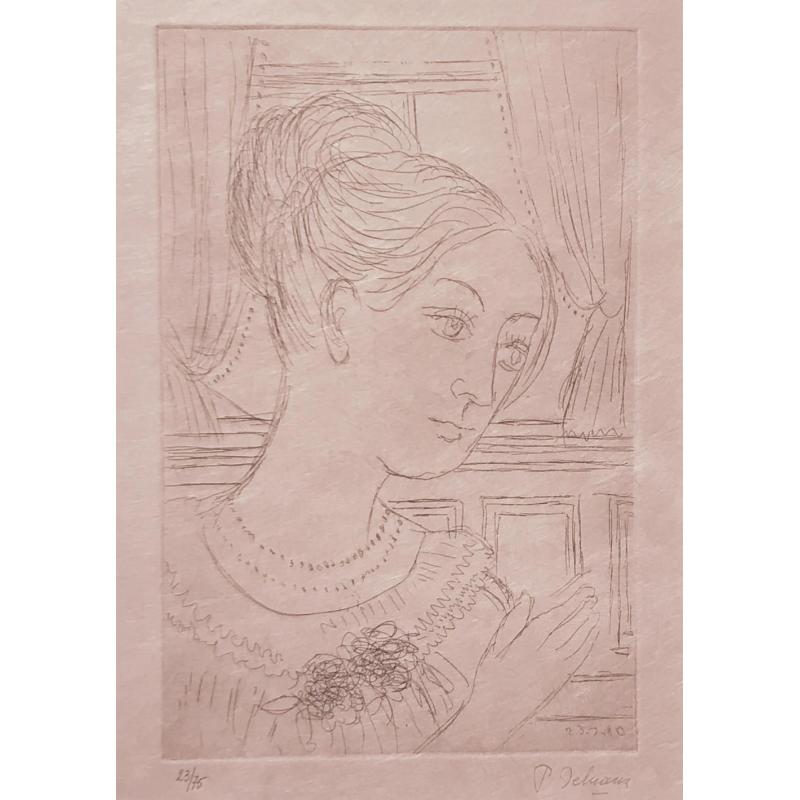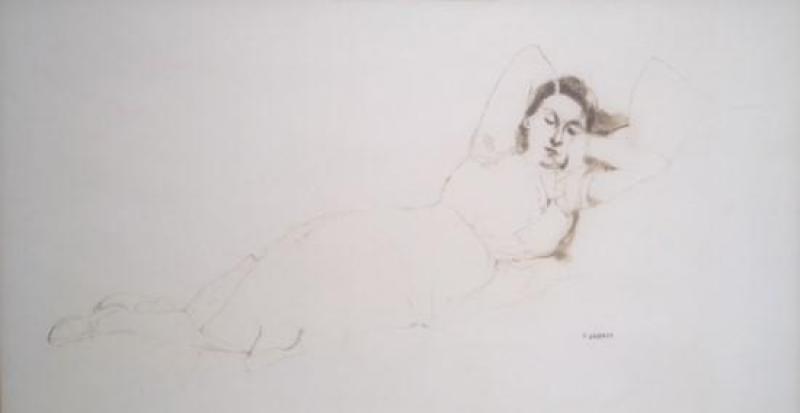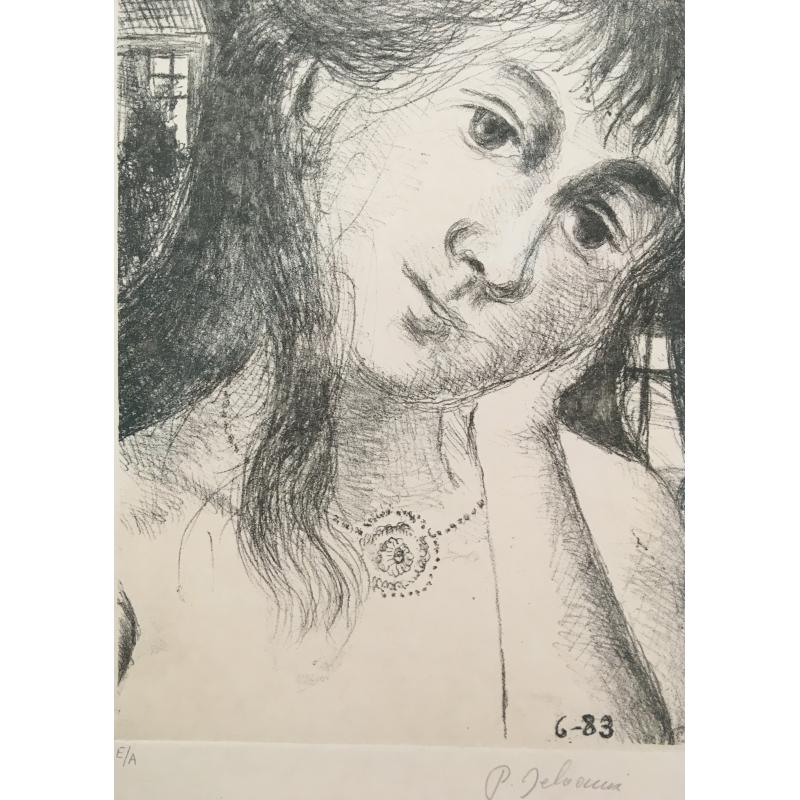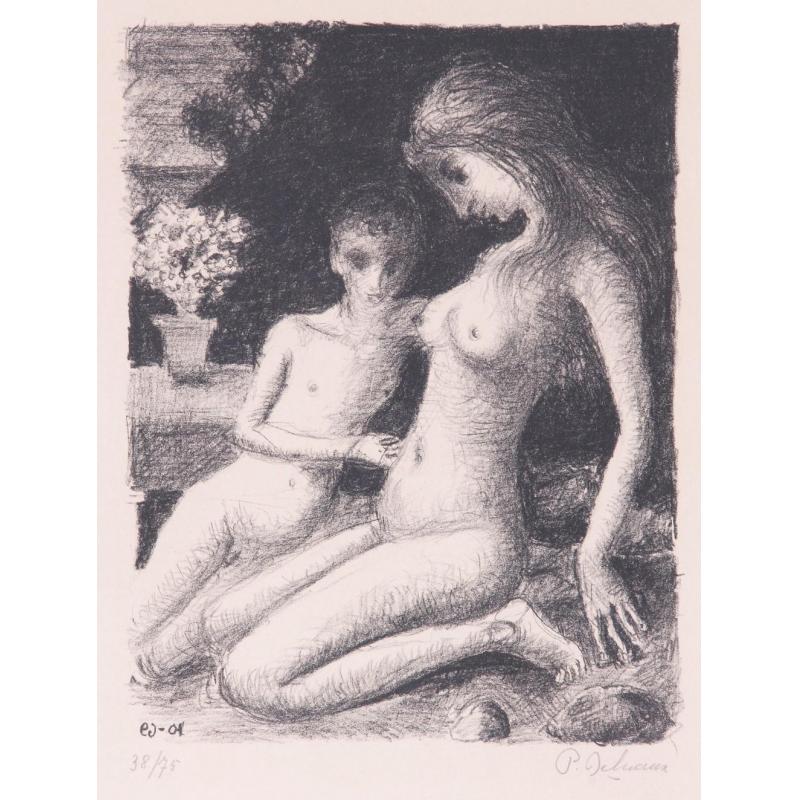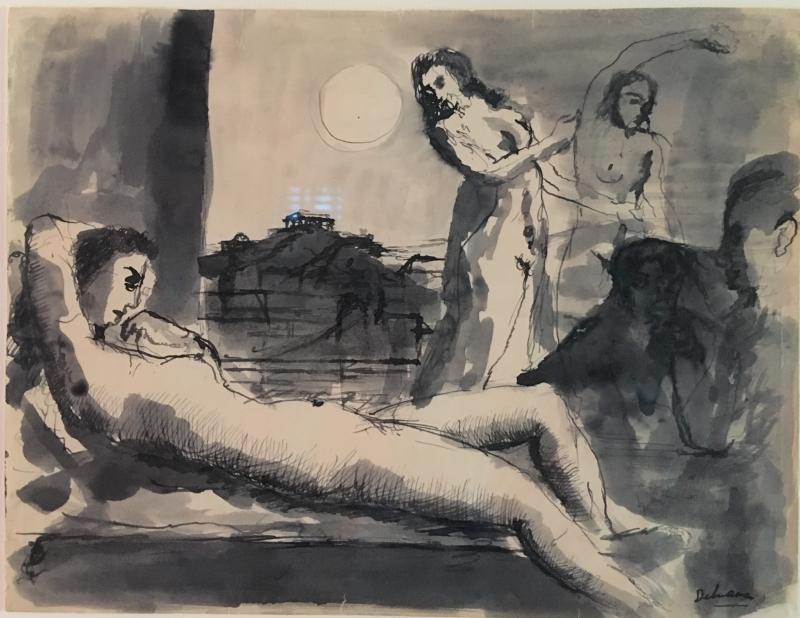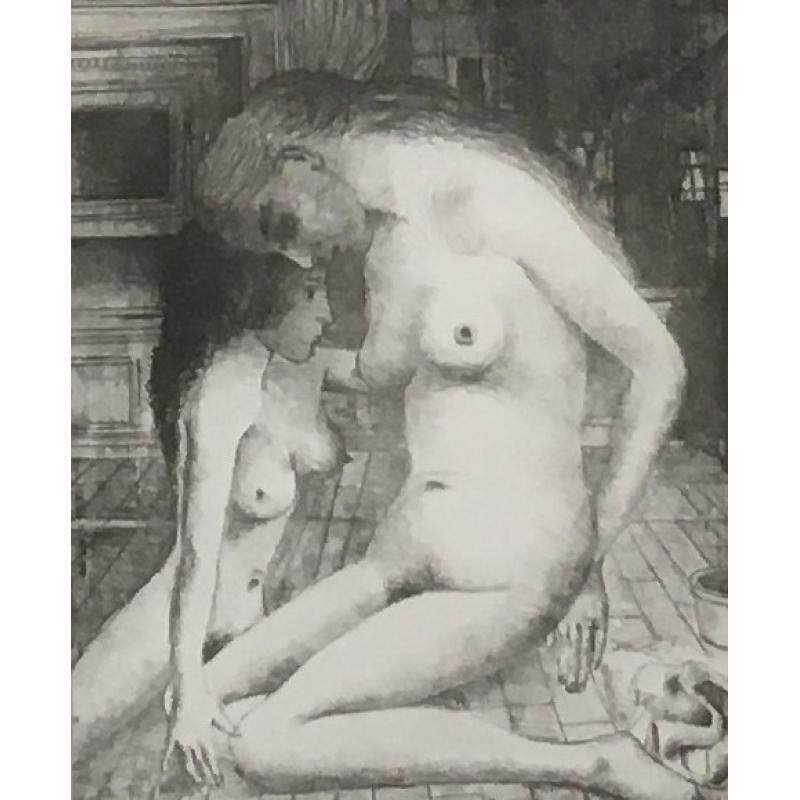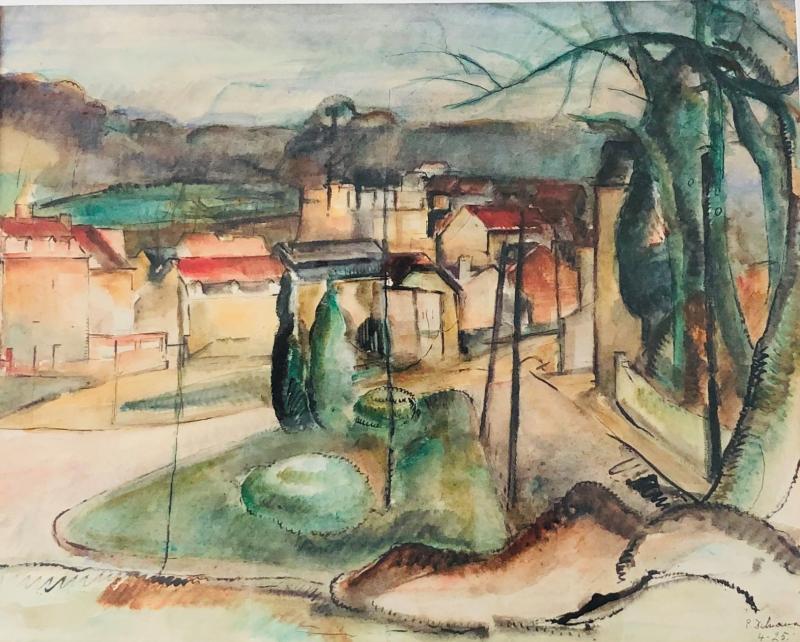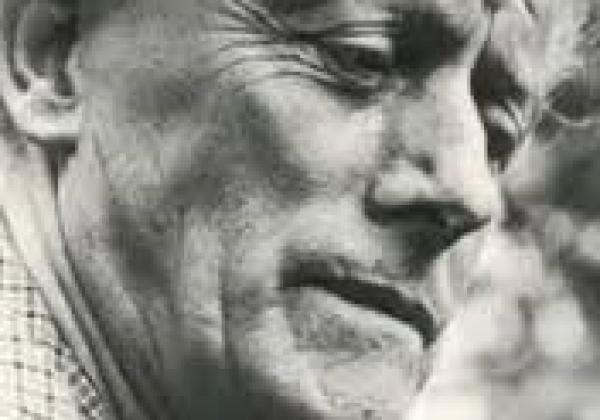
Delvaux Paul
- 1897-1994
After studying at the Royal Academy of Fine Arts in Brussels, where he trained in drawing with the Symbolist painter Jean Delville and in decorative painting with Constant Montald, he produced post-impressionist, then expressionist paintings, influenced, in particular, by James Ensor. His favourite universe is the railway station.
At the beginning of the 1930s, Delvaux found his inspiration in his visits to the Foire du Midi in Brussels, where the Spitzner Museum, an attraction for medical curiosities, displayed skeletons and a mechanical Venus in a doorway framed by red velvet curtains. This spectacle captivated Delvaux, providing him with motifs which appear throughout his later work.
It was on discovering a painting by Giorgio De Chirico, "Melancholy and mystery of a street", that Delvaux had the "revelation" of Surrealism (1934).
He exhibited his works at the Surrealists' exhibition in Paris in 1938.
The recurring themes in Paul Delvaux's work are characterised by the representation of naked women and men dressed in costume in the midst of a landscape or urban environment that is just as frozen.
In the village of Saint-Idesbald, in the Flemish municipality of Koksijde, on the Belgian coast, where he has lived for a long time since 1945, there has been a private museum dedicated to him since 1982. Adjacent to the Paul Delvaux Foundation, founded during his lifetime by the artist himself, this museum contains the world's largest collection of paintings, drawings and prints by Paul Delvaux.
Works
Exhibitions
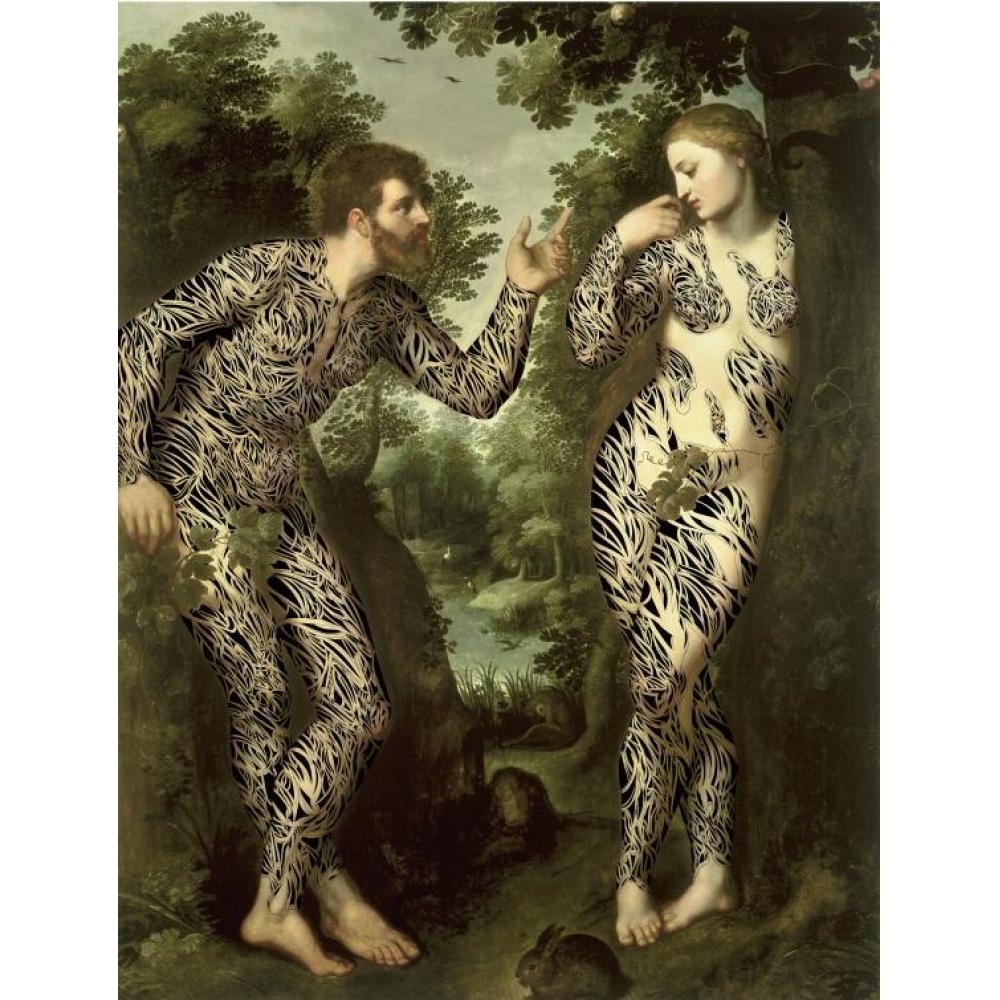 discover
discover

.jpg)
